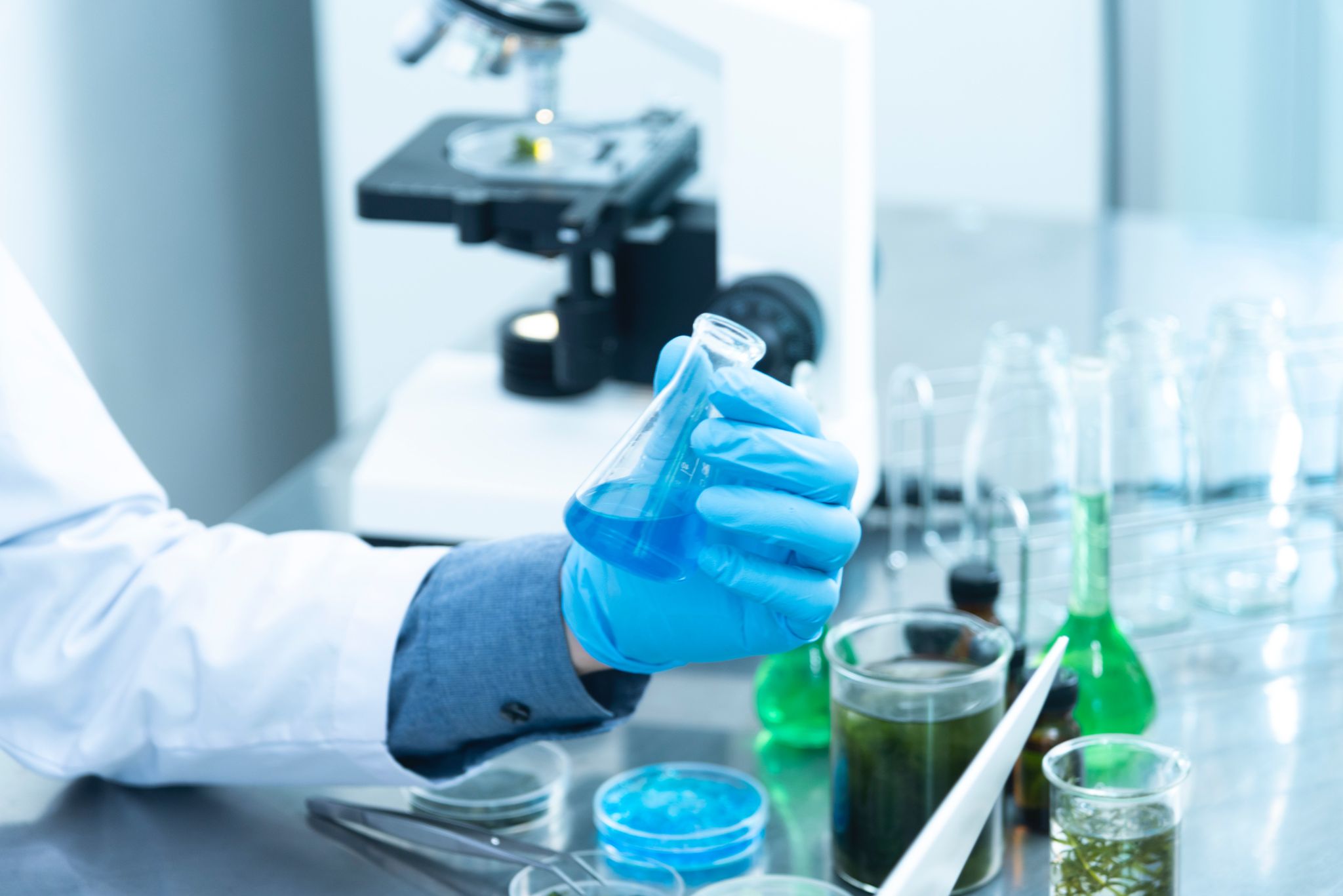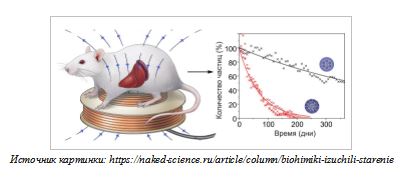
Magnetic therapeutic nanoparticles are used to diagnose and treat diseases. The first studies of the behavior of such nanoparticles on a long-term basis in the body of animals were carried out by domestic scientists – a group of biochemists from the Institute of Bioorganic Chemistry, RAS GPI, Russian National Research Medical University, NRNU MEPhI, Sirius University and MIPT.
Magnetic nanoparticles are used for targeted delivery of drugs – this is one of the innovative directions in modern diagnostics and treatment of diseases.
The process itself looks like this: “smart” magnetic nanoparticles that transport drugs must independently determine the focus of the disease and provide therapy. For example, there are formulations of magnetic nanoparticles with sugars – they help with iron deficiency anemia.
Despite the fact that nanoparticles are already approved for use in medicine, until recently the question was: what is their behavior after the implementation of therapy?
Russian scientists have found out how the process of “aging” and decay of magnetic nanoparticles occurs in the body of animals (the results of the study were published in the ASC Nano edition). A team of biochemists has developed a spectral magnetic method for the detection of materials, thanks to which the signal of magnetic nanoparticles is separated from the iron in the body.

The illustration shows that the mouse was positioned above the magnetic coil so that the animal’s liver and spleen were in the zone of influence of the coil, with the help of which the magnetic nanoparticles are influenced. The magnetic response is used to measure the remainder of iron in the composition of the particles and the amount of this component during the transition to the composition of proteins.
The development does not imply the death of animals during measurements, and the method has a high sensitivity.
Russian researchers were able to compare the degradation rate of 17 types of magnetic nanoparticles and study the factors that affect the biodegradation of particles in the body: size, surface charge, dose, internal structure and coating. It turned out that after entering the blood, nanoparticles accumulate in lysosomes and then slowly dissolve under the action of enzymes and acids.
Interestingly, biochemists have proven the influence on this process not only of the internal structure of the material, but also of the design of nanoparticles – thanks to it, the time spent on decomposition can be reduced from several years to just one month.
As examples: particles with a negative charge, according to the results of the study, degraded the fastest; the polymer of glucuronic acid slowed down the dissolution of particles weaker than others, and polystyrene contributed to the strongest slowdown.
During the experiment, scientists noticed that the body does not remove excess iron formed by dissolving nanoparticles. At the same time, the mice began to absorb less iron from food. Biochemists found that this component as a result passed into low-toxic forms, then was deposited in the liver and spleen, after which the body used iron to create red blood cells, regulate metabolic processes, and so on.
An important discovery is the identification of the absence of toxicity of magnetic nanoparticles for the body on a long-term basis. Among the changes in the course of the study was the deposition of excess iron in the spleen and liver, as well as a temporary increase in the population of immune cells – they are involved in the recognition and processing of particles.
In a comment to the Naked Science portal, one of the authors of a scientific article, head of the MIPT nanotechnology laboratory, noted that the measurements were carried out for more than a year, and “the work would have been impossible without the creation of an approach for non-invasive detection of magnetic particles in the body.”
The specialist said that classical methods would involve more than a thousand mice for such an experiment – and this is impractical for both ethical and financial reasons.
The material was prepared by Alexandra Goryunova
Material source – https://naked-science.ru/article/column/biohimiki-izuchili-starenie
